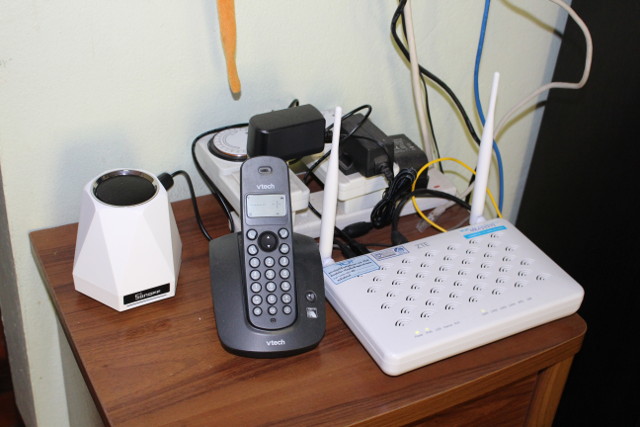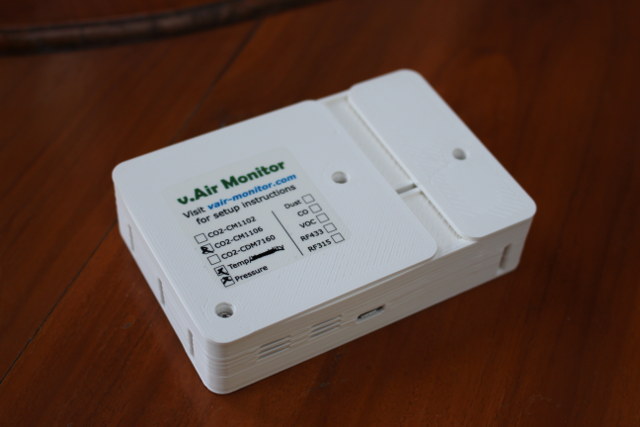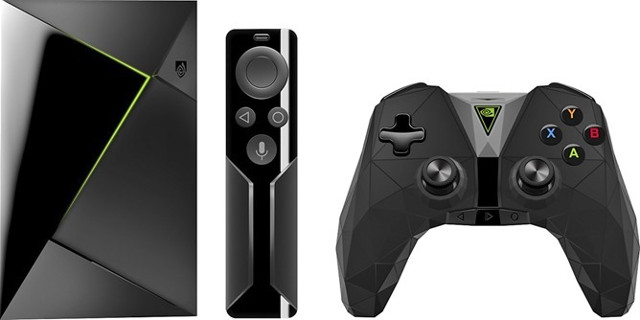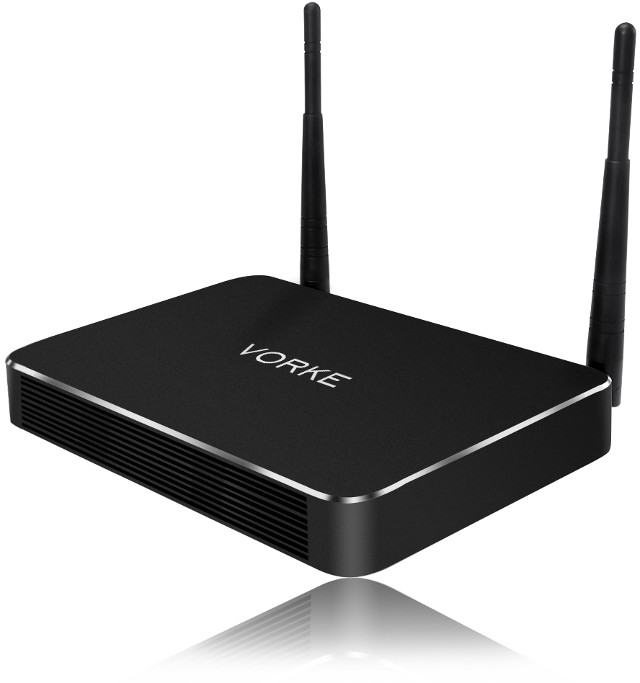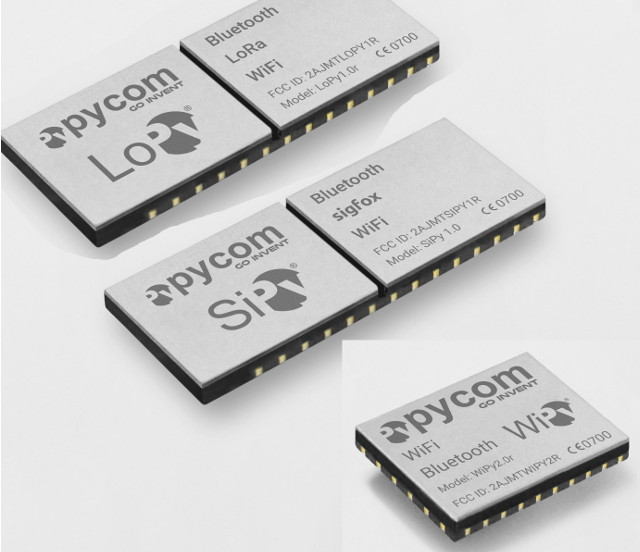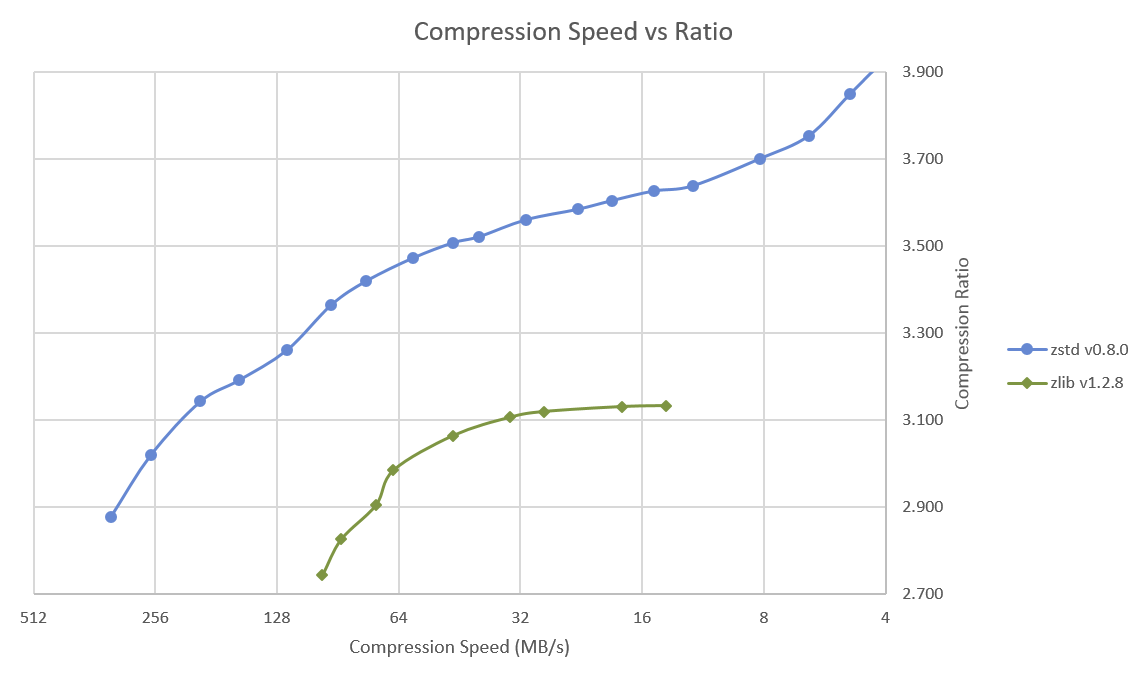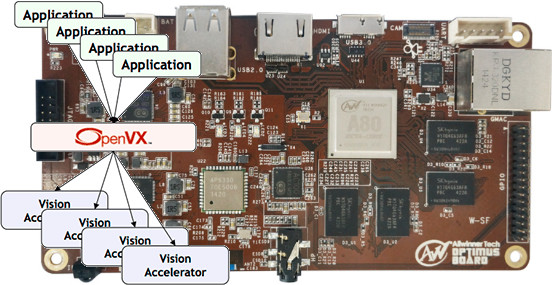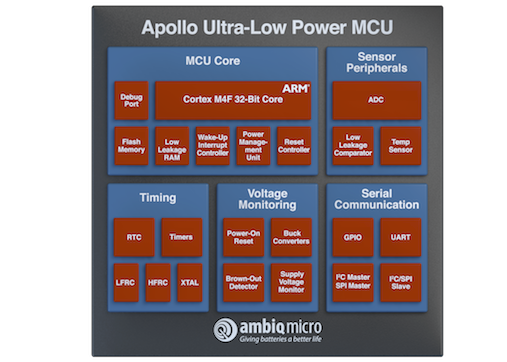Yesterday I received two environmental monitors with Sonoff SC and vThings CO2 Monitor, and while I’ve plugged both, I have not had time to look into vThings documentation, but since I’m already using the eWelink app for Sonoff TH16 wireless switch, setting up Sonoff SC just took me a few minutes, so I’ll report my experience with the device in this review. I powered Sonoff SC using the USB port of my modem router, and the green LED on the back of the device started to blink every 2 or 3 seconds. Then I started the eWelink app on my Android phone and taped on the “+” icon to add a new device following the instructions here which are basically the same for all Sonoff devices. Then you need to press the “Audio” button for about 5 seconds until the green LED blinks faster, at which point you can click […]
ESP8266 based Wireless Air Quality & Environmental Monitors Teardown – Sonoff SC and vThings CO2 Monitor
The mailman delivered two parcels today, and interestingly enough they have a similar functionality measuring air quality and environmental data such as temperature. The first package was ITEAD Studio Sonoff SC environmental sensor with ESP8266, an Atmel MCU, DHT11 temperature & humidity sensor, a dust detector, a light sensor, and a microphone, while the second was v-Air Monitor vThings CO2 monitor v3 also based on ESP8266 with a CO2 sensor and other optional sensors. I’ll test both with their stock firmware later on, but today I’ll have a look at the hardware design. v-Air Monitor vThings CO2 monitor specifications While I’ve already written about Sonoff SC, it’s the first time I cover v.Air Monitor products, so let’s start with the specifications of vThings CO2 Monitor v3: SoC – Espressif ESP8266 WiSoC Connectivity 802.11 b/g/n WiFi Optional RF315 / 433 MHz RF module Sensors CO2 Sensor (one of them) CM1106 NDIR […]
Second Generation NVIDIA Shield Android TV Box Photos Leaked Ahead of Launch
NVIDIA Shield Android TV box may have launched in the first part of 2015, but even at the end of 2016 it’s still one of the best Android TV boxes with a powerful Tegra X1 processor, 3GB RAM, 4K video support, HD audio pass-through, the fastest GPU found in TV boxes so far, Netflix HD & 4K certified, and more. The company is allegedly preparing to launch a new model, and some photos have been leaked to Android Police. The design of the box looks basically identical to the new model, but it comes in two different sizes maybe because of extra ports and internal storage, and the game controller has been re-designed with a mix of triangular shapes. What we don’t know are the specifications. The company may have done a simple refresh, keeping Tegra X1 processor, increasing the memory and storage capacity, and possibly adding some extra interfaces, […]
Vorke Z3 Rockchip RK3399 TV Box to Launch in February 2017
I was expecting devices based on Rockchip RK3399 hexa-core processor to launch by the end of this year, that is about right now, but finally it looks like products will only start the show by the end of Q1 2017, as Firefly-RK3399 development board is scheduled to ship to backers in March 2017, while GeekBuying has started teasing us with their Vorke Z3 TV box powered by Rockchip RK3399 with 4GB RAM slated to launch in February 2017. [Update: Vorke Z3 is now up for sale for $169.99 including shipping] Vorke Z3 preliminary specifications: SoC – Rockchip RK3399 hexa-core processor with 2x ARM Cortex A72 cores at up to 2.0GHz, 4x Cortex A53 cores, and an ARM Mali-T860MP4 GPU System Memory – 4GB LPDDR3 Storage – 32GB eMMC flash, external SATA interface (hopefully implemented via the PCIe interface), micro SD slot Video Output – HDMI 2.0 up to 4K @ […]
Pycom To Sell WiFi, BLE, LoRa and Sigfox OEM Modules for Your Own Hardware Projects
Pycom is the company making some relatively popular IoT boards programmable with Python such as WiPy, LoPy, SiPy, and soon FiPy, supporting respectively WiFi+BLE, LoRa+WiFi+BLE, Sigfox+WiFi+BLE, and for the latter all four plus LTE CAT M1/NB1. Those little boards are great for personal projects and/or to experiment, but for those of you who would like to integrated IoT connectivity into your own hardware projects, Pycom will soon launch three OEM module for corresponding to WiPy, SiPy and LoPy connectivity featues with respectively W01, S01 and L01 modules. Key features: W01 WipY 2.0 OEM Module – Dual network BLE and WiFi – 7.95 Euros L01 LoPy OEM module – LoRa, WiFi and Bluetooth – 14.95 Euros S01 SiPy OEM module – Sigfox, WiFi and Bluetooth; Available in both 14dB (for Europe) and 22dB (outside Europe) version for respectively 14.95 and 19.95 Euros All three models have basically the same functionality as […]
Facebook Zstandard “zstd” & “pzstd” Data Compression Tools Deliver High Performance & Efficiency
Ubuntu 16.04 and – I assume – other recent operating systems are still using single-thread version of file & data compression utilities such as bzip2 or gzip by default, but I’ve recently learned that compatible multi-threaded compression tools such as lbzip2, pigz or pixz have been around for a while, and you can replace the default tools by them for much faster compression and decompression on multi-core systems. This post led to further discussion about Facebook’s Zstandard 1.0 promising both smaller and faster data compression speed. The implementation is open source, released under a BSD license, and offers both zstd single threaded tool, and pzstd multi-threaded tool. So we all started to do own little tests and were impressed by the results. Some concerns were raised about patents, and development is still work-in-progess with a few bugs here and there including pzstd segfaulting on ARM. Zlib has 9 levels of […]
Imagination PowerVR G6230 is the First GPU To Pass Khronos OpenVX 1.1 Conformance
The Khronos Group is the non-profit consortium group behind open standards and APIs for graphics, media and parallel computation such as OpenGL for 3D graphics, OpenCL for GPGPU, OpenVG for 2D vector graphics, etc… OpenVX is one of their most recent open, royalty-free standard, and targets power optimized acceleration of computer vision applications such as face, body and gesture tracking, smart video surveillance, advanced driver assistance systems (ADAS), object and scene reconstruction, augmented reality, visual inspection, robotics and more. The first revision of the standard was released in 2014, and the latest OpenVX 1.1 revision was just released in May 2016. We’ve already seen OpenVX 1.1 support in Nvidia Jetson TX1 module & board, but Khronos has a conformance program to test implementations, and if successful, allow companies to use the logo and name of the API. The version first GPU to pass OpenVX 1.1 conformance is Imagination Technologies PowerVR […]
Ambiq Micro Introduces Ultra-Low Power Apollo 2 Cortex-M4F MCU Consuming Less than 10 μA/MHz
Last year Ambiq Micro unveiled their Apollo Cortex-M4F MCU with Cortex M0+ energy efficiency thanks to operation in sub-threshold voltage (< 0.5 V), and the MCU is said found in Matrix Powerwatch, a fitness tracker powered by body heat that you never need to charge. The company has recently announced a new version of the micro-controller with Apollo 2 MCU with better maximum performance thanks to a higher maximum clock speed (48 MHz vs 24 MHz), and higher efficiency (10 μA/MHz vs 30 μA/MHz @ 3.3V). Apollo 2 MCU key features and specifications: Ultra-low supply current <10 μA/MHz executing from flash at 3.3 V <10 μA/MHz executing from RAM at 3.3 V ARM Cortex-M4 Processor up to 48 MHz with FPU, MMU, wake-up interrupt controller with 32 interrupts Ultra-low power memory Up to 1 MB of flash memory for code/data Up to 256 KB of low leakage RAM for code/data […]


